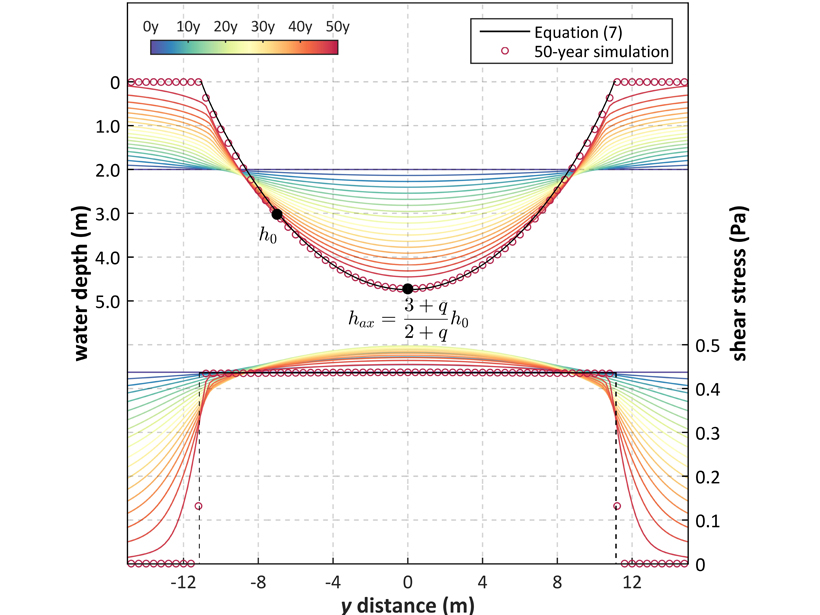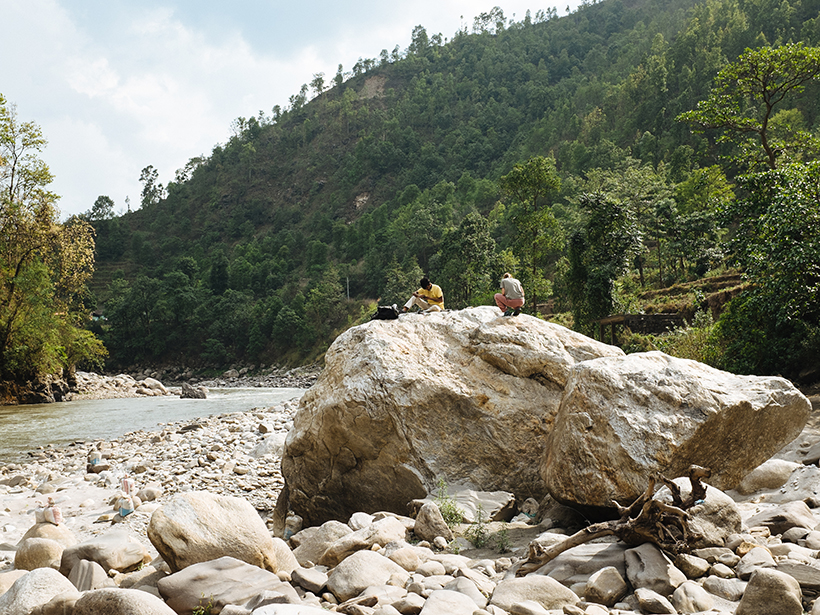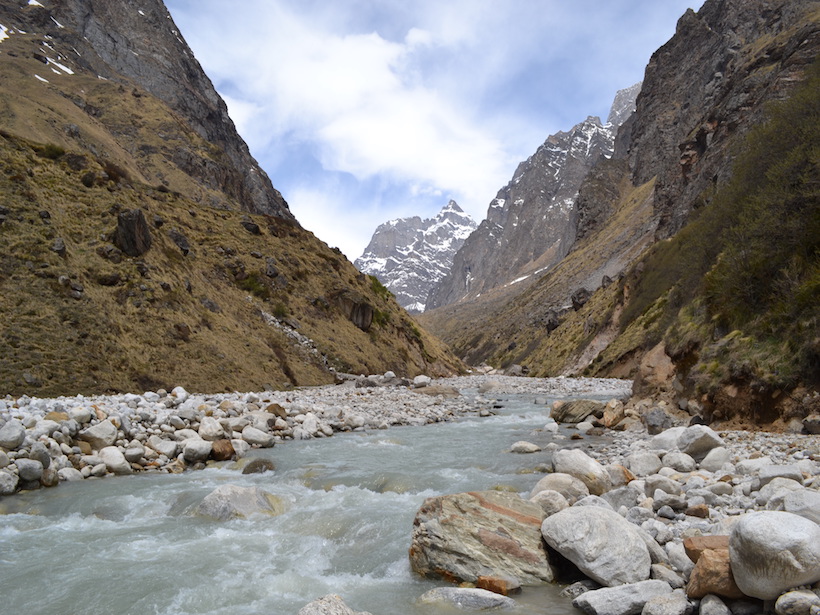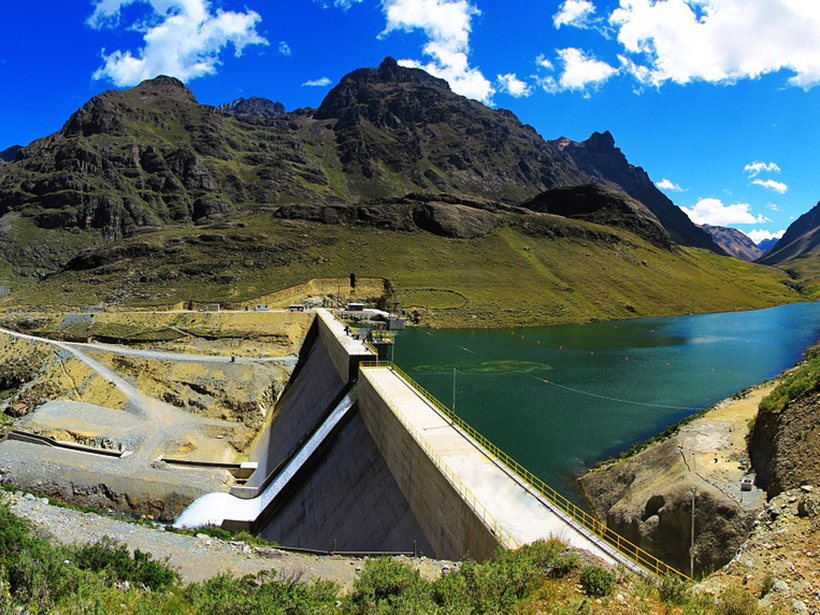New research provides a theoretical explanation of channel cross section geometry dependence on flow rate that is commonly observed and described with power-laws.
rivers
Evaporation Reverses Groundwater Flow and Forms Hyper-Salinity
A numerical model of groundwater-surface water systems shows how floodplain evaporation can reverse stream-groundwater flow and produce strong buoyancy changes associated with salinity.
Reimagining the Colorado River by Exploring Extreme Events
Workshops exploring environmental, social, and political scenarios to prepare for negotiating new Colorado River water management guidelines took on added realism when the COVID-19 pandemic started.
Powerful Glacial Floods Heave Himalayan Boulders
Many of the house-sized boulders that litter Himalayan river channels were transported thousands of years ago by glacial lake outburst floods, new observations suggest.
Urbanization, Agriculture, and Mining Threaten Brazilian Rivers
Harder to analyze and quantify, diffuse pollution is often overlooked when it comes to water quality assessments.
Tracking Trace Elements in the Ganga River
Levels of dissolved trace and heavy metals, which can be toxic, are highly variable across the river basin, concentrating in urban areas with high pollution but diluted by inflow from tributaries.
How River Capture Affects the Evolution of Aquatic Organisms
River basins are dynamic environments that are always changing and reorganizing under geologic forces. New research investigates how this shape shifting influences aquatic speciation and extinction.
Records and Risks of Legacy Phosphorus in Streams
A new study quantifies persistent phosphorus in a drainage basin in Sweden and points out risks and oversights to factor in to future stream management.
Chicago Wetlands Shrank by 40% During the 20th Century
A team of graduate students measured wetland and biodiversity changes during the 100 years following the reversal of the Chicago River.
Dams Alter Nutrient Flows to Coasts
New models indicate how dams worldwide influence the mix of nutrients in river water reaching the ocean. As more dams are built, changing nutrient loads may adversely affect coastal ecosystems.










